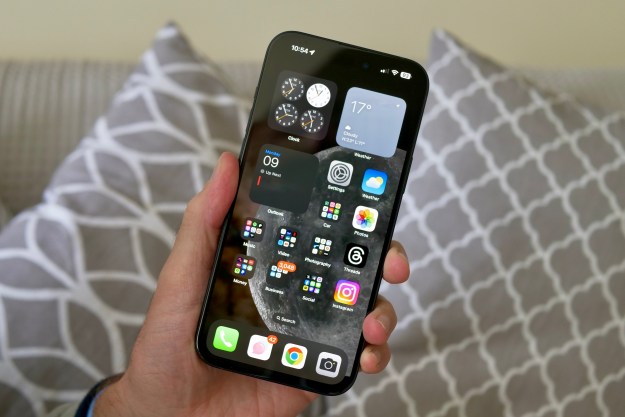
To enable Gboard, all you have to do is head to Settings, then General, Keyboard, Keyboards, Add New Keyboard, then select Google. You’ll be asked if you want to provide the keyboard with full access, which you will indeed want to do if you want to get the most out of it.
Gboard is a pretty interesting app, and is extremely useful for those on both iOS and Android. Once you enable the keyboard in iOS, you’ll be able to do things like swipe to text, get text predictions, and even search using the integrated Search box accessible from the G logo in the top left hand corner of the keyboard. It’s a pretty nifty way to have access to Google even when you’re messaging others.
If you only want to try the keyboard out, don’t worry, enabling it in iOS doesn’t mean that it’s enabled forever — you can always go back to the standard iOS keyboard or another keyboard of your choosing if you so wish.
Still, Gboard is popular for a reason — not only does it keep the stylish design of the standard iOS keyboard, but it adds functionality that the Apple keyboard doesn’t have.
Google seems to have been diving deeper and deeper into the iOS ecosystem over the past few years, and some even suggest that the company is putting more development into its iOS apps than it is its Android apps. Whether that’s true or not, Gboard is definitely something you should try out — and now all you need to do so is the Google app.
Editors' Recommendations
- An Apple insider just revealed how iOS 18’s AI features will work
- Here’s how Apple could change your iPhone forever
- There’s a big problem with the iPhone’s Photos app
- When will Apple release iOS 18? Here’s what we know
- Everything you need to know about the massive Apple App Store outage


